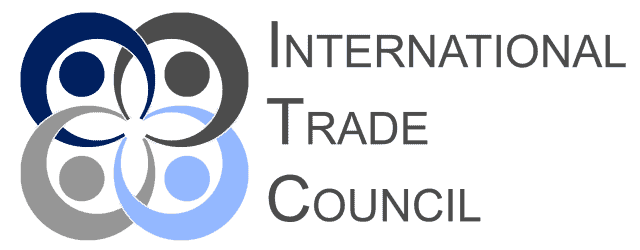
Since its introduction in 2017, France’s Duty of Vigilance Law has stood out as one of the more ambitious legislative efforts to impose corporate responsibility for human rights and environmental risks in global supply chains. The law — pioneering in many respects — has pushed large French multinationals to take a more active role in identifying and addressing risks that, previously, might have been seen as too distant or too complex to manage effectively. But the 2023 amendments, which expanded the law’s scope to include additional critical minerals like cobalt and lithium, have forced companies to rethink their approach to traceability and risk reporting. And perhaps more than before, firms are being encouraged — or compelled — to engage seriously with open data tools, local stakeholders, and new reporting platforms.
For French multinationals, the inclusion of cobalt and lithium as minerals subject to vigilance obligations is no small development. These materials are integral to a range of industries — automotive, electronics, energy storage — and their supply chains are, almost by definition, international, layered, and difficult to monitor. Mining operations are often situated in regions where regulatory oversight is weak, or where political and social conditions complicate the task of independent verification. So, while the legal requirement to report on risks associated with these minerals is clear enough, the practicalities of doing so — and of doing so credibly — present a set of challenges that many firms are still working to navigate.
One area that has, perhaps inevitably, become central to these efforts is the use of open-source geographic information systems (GIS) data to map mining regions and associated supply chain routes. The logic is straightforward. Open data — whether satellite imagery, land-use maps, or trade flow records — offers a means to build a picture of where materials originate, how they move, and where the points of greatest risk may lie. But of course, the reality is rarely so simple. The data is often incomplete, or subject to interpretation. What appears in a satellite image might hint at informal mining activity, or it might not. A shipment record might suggest a particular supply route, but without corroborating information, assumptions can easily mislead. There is, in short, a need for caution. GIS tools are powerful, but they are not — and cannot be — a substitute for more granular, on-the-ground understanding.
This is where engagement with local NGOs, community organisations, and independent civil society groups comes into play. The updated duty of vigilance framework, while not prescriptive in its methods, effectively signals that firms should be doing more than desk-based analysis. There is an expectation — subtle, perhaps, but increasingly present in both regulatory guidance and stakeholder commentary — that companies will work with actors who can provide first-hand insights into conditions on the ground. These partnerships can help firms verify what the data suggests (or fails to suggest), identify risks that might otherwise remain hidden, and demonstrate a level of due diligence that is, in some sense, more tangible. But it would be disingenuous to ignore the difficulties here. Building these relationships takes time. It requires trust. And, in some cases, local NGOs may be reluctant to collaborate, either because of concerns about corporate intentions or because of the sensitive nature of the issues at stake. The dynamics are rarely straightforward, and firms may find that progress comes in fits and starts rather than through any smooth, linear process.
Then there is the matter of reporting. With the establishment of France’s national vigilance platform, firms now have a clearer avenue for publishing their due diligence findings. The platform is intended to enhance transparency, to provide stakeholders with access to reports that outline not just policies and procedures but concrete actions taken, risks identified, and measures implemented. Companies are encouraged — though again, the degree of compulsion varies depending on interpretation — to upload findings, including data visualisations, maps, and verification outcomes, in a format that is accessible and meaningful. But this, too, introduces questions. How much detail is appropriate to share? How should firms balance transparency with the need to protect commercially sensitive information or to avoid inadvertently exposing vulnerable communities to harm? There is, as yet, no definitive answer. Firms are left to make these decisions based on their own assessments, informed by guidance but not dictated by it.
It is also worth reflecting on how the evolution of the Duty of Vigilance Law fits into the broader trend of regulatory shifts in supply chain governance. The move to include cobalt and lithium, and the increasing emphasis on data-driven reporting, align with a growing international consensus that supply chain responsibility cannot stop at first-tier suppliers or at generic policy statements. There is a push — from regulators, from investors, from civil society — for firms to engage in deeper, more substantive forms of due diligence, and to demonstrate that engagement in ways that are both rigorous and intelligible. But the road toward that goal is far from straight. The tools exist, the frameworks are taking shape, but much depends on how firms choose to use them, on the judgments they make, on the willingness to accept that no system will ever provide complete certainty.
Perhaps what is emerging is a recognition that due diligence is not a one-time exercise, nor a matter of checking boxes on a compliance list. It is an ongoing, iterative process — one that involves continuous learning, adaptation, and, sometimes, the acceptance of ambiguity where definitive answers are not available. The expanded scope of France’s Duty of Vigilance Law underscores this point. And as firms work to integrate open data, engage with local actors, and contribute to national transparency initiatives, they are likely to encounter both the promise and the limitations of these approaches in equal measure.
